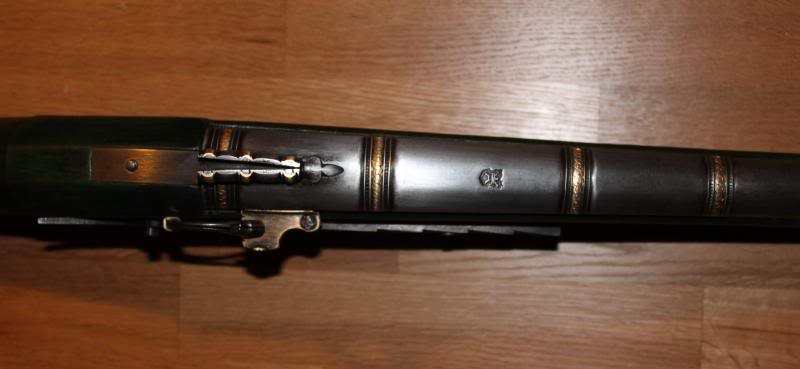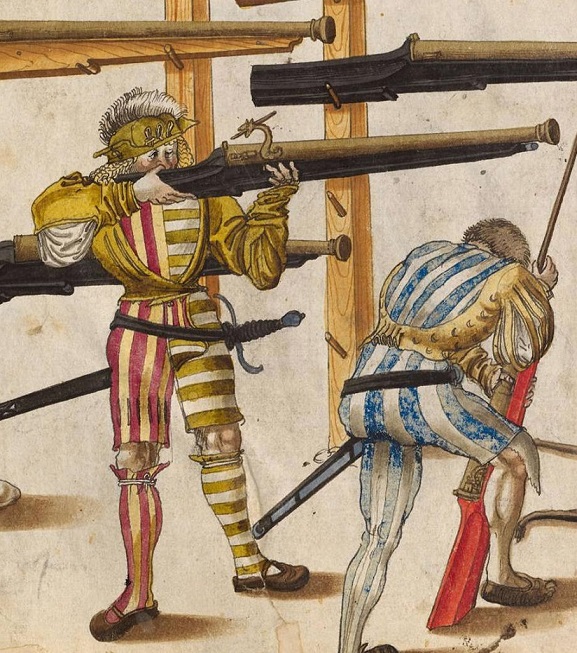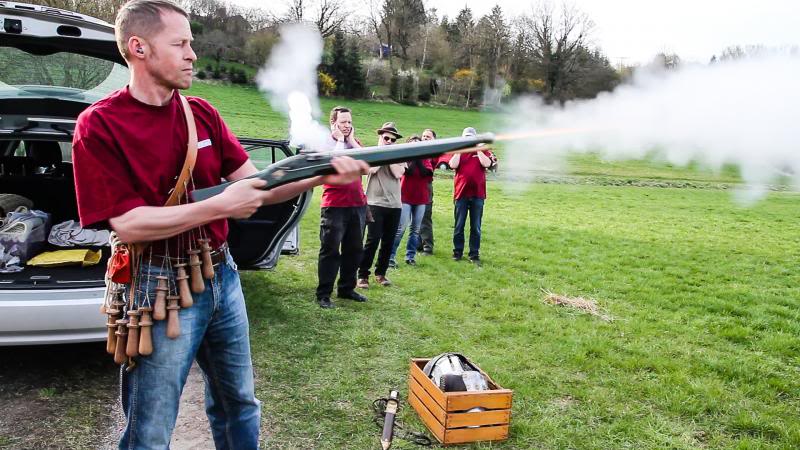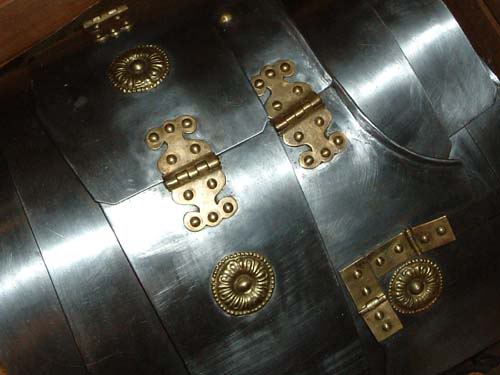I am in the process of recreating a Landknecht of the first half of the 16th century. I have recently had a replica of a Schwammschlossbüchse (snap tinder lock gun) made after a ca. 1525 original from a private collection. I am now experimenting with how the gun might have been fired under contemporary conditions.
Through expert help on another forum I learned that the tinder was "cut in rectangular, rather short pieces, each meant to be used for one shot only. This piece of tinder was put in the small head of the matchholder; with 15th to mid-16th century guns, the heads of their matchholders were actually too tiny to receive the rather thick matchcord.
The tinder was lit by means of a piece of glowing coal or smoldering match."
Firing the gun I found that the tinder actually can be good for up to about 5 shots (the piece being about 2-3 cms long). What happens is that the part protruding from the holder burns off quickly but then, the tinder being encased by the tubular holder seems to get little oxigen and only glows very slowly. if pushed forward be means of a needle of sorts and blown on, it rekindles and is good for the next shot.
I attach a few pictures of the gun for your enjoyment!







